Quality control
Quality control
Was bedeutet Quality Control?
Der Begriff Quality Control, oft abgekürzt als QC, beschreibt das systematische Verfahren zur Überprüfung, dass ein Produkt oder ein Dienst die spezifischen Qualitätsanforderungen erfüllt. Insbesondere in der Stahlproduktion und im Stahlhandel ist die Qualitätssicherung von entscheidender Bedeutung, um sicherzustellen, dass der produzierte Stahl den hohen Standards der Branche entspricht.
Die Bedeutung von Quality Control in der Stahlproduktion
In der Stahlproduktion umfasst die Qualitätssicherung die sorgfältige Untersuchung aller Aspekte des Produktionsprozesses. Das beginnt bei der Auswahl der Rohmaterialien und geht bis zur Überprüfung des fertigen Stahls. Dies stellt sicher, dass der Stahl widerstandsfähig, haltbar und sicher für den vorgesehenen Gebrauch ist. Fehler oder Inkonsistenzen können zu schwerwiegenden Sicherheitsproblemen führen, daher ist die Qualitätssicherung in diesem Bereich von höchster Bedeutung.
Quality Control im Stahlhandel
Im Stahlhandel ist die Qualitätssicherung ebenso wichtig. Händler sind dafür verantwortlich, nur Stahlprodukte von hoher Qualität zu beziehen und zu verkaufen. Dies kann von einer sorgfältigen Überprüfung der Lieferanten bis hin zur Umsetzung von Qualitätsprüfverfahren reichen. So können Kunden darauf vertrauen, dass sie qualitativ hochwertigen Stahl erhalten.
Methoden der Quality Control
Es gibt verschiedene Methoden zur Qualitätssicherung in der Stahlproduktion und im Stahlhandel. Einige der am häufigsten verwendeten Methoden umfassen die visuelle Inspektion, die Druckprüfung, die Dimensionskontrolle und diverse zerstörungsfreie Prüfmethoden wie die Röntgenprüfung oder Ultraschallprüfung. All diese Tests spielen eine wichtige Rolle, um die Qualität des Stahls zu gewährleisten und potenzielle Mängel aufzudecken.
Fazit
Für eine erfolgreiche Stahlproduktion und einen erfolgreichen Stahlhandel ist eine effektive Quality Control von entscheidender Bedeutung. Sie gewährleistet, dass der produzierte und verkaufte Stahl den hohen Anforderungen der Branche genügt und für den vorgesehenen Gebrauch sicher ist. Daher ist sie ein Schlüsselelement in der gesamten Stahlindustrie.
Blog Posts with the term: Quality control
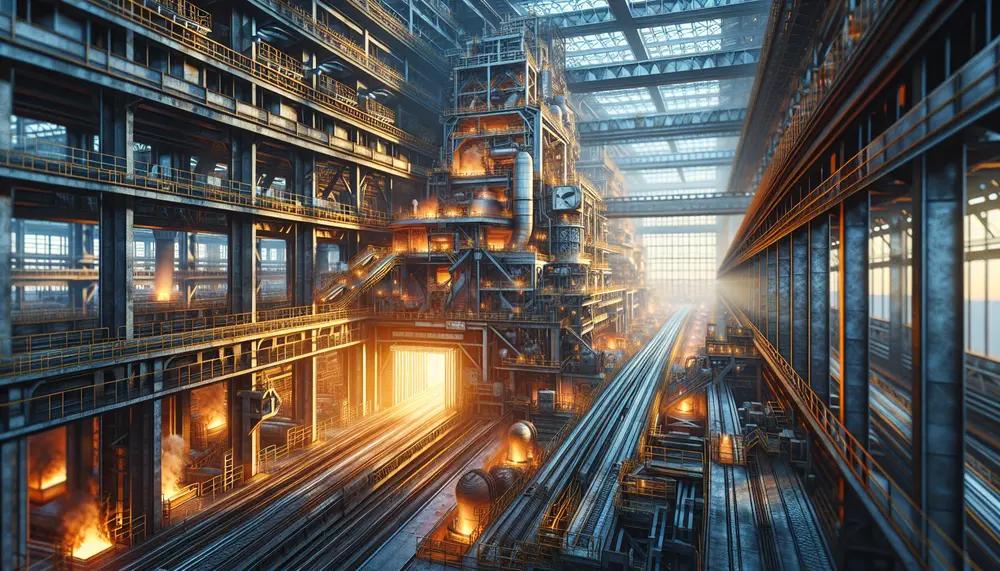
Steel making is a sophisticated process that turns iron ore into steel, involving methods like the Blast Furnace and Electric Arc Furnace to produce various grades of steel. The industry emphasizes sustainability by using additives and recycled materials while ensuring...
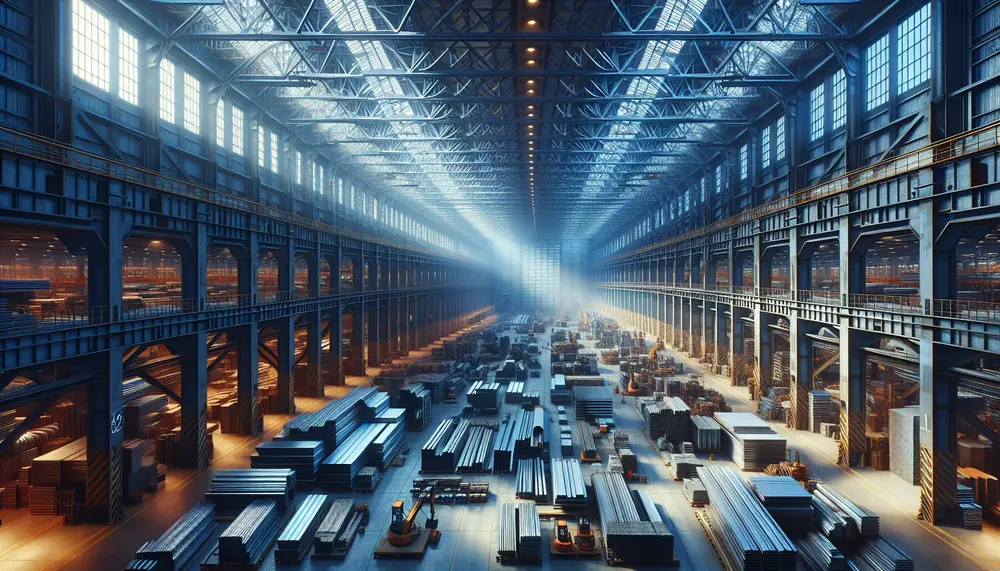
Nigeria's steel production industry is crucial for its industrial development, with potential to become a major producer due to iron ore deposits. However, the sector faces challenges such as small-scale operations and requires strategic solutions for sustainable growth. The evolution...
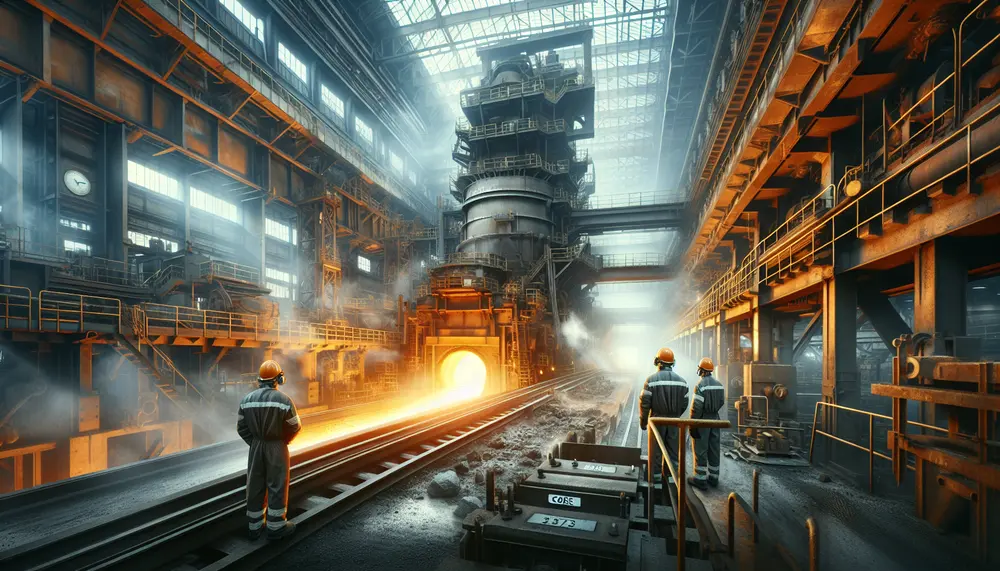
Coke is crucial in steel production, providing heat and chemical reactions for smelting iron ore while also structuring the blast furnace. However, its use emits pollutants and CO2, contributing to environmental concerns....
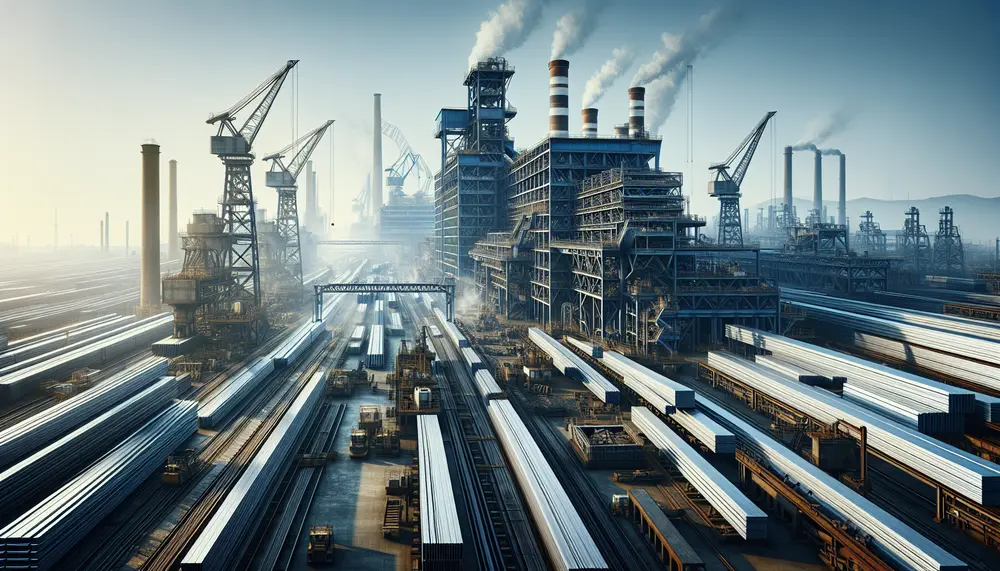
The African steel industry is growing and diverse, with varying levels of resource availability and technological sophistication across countries. It plays a crucial economic role by stimulating growth in other sectors, creating jobs, contributing to GDP, reducing import dependency, and...
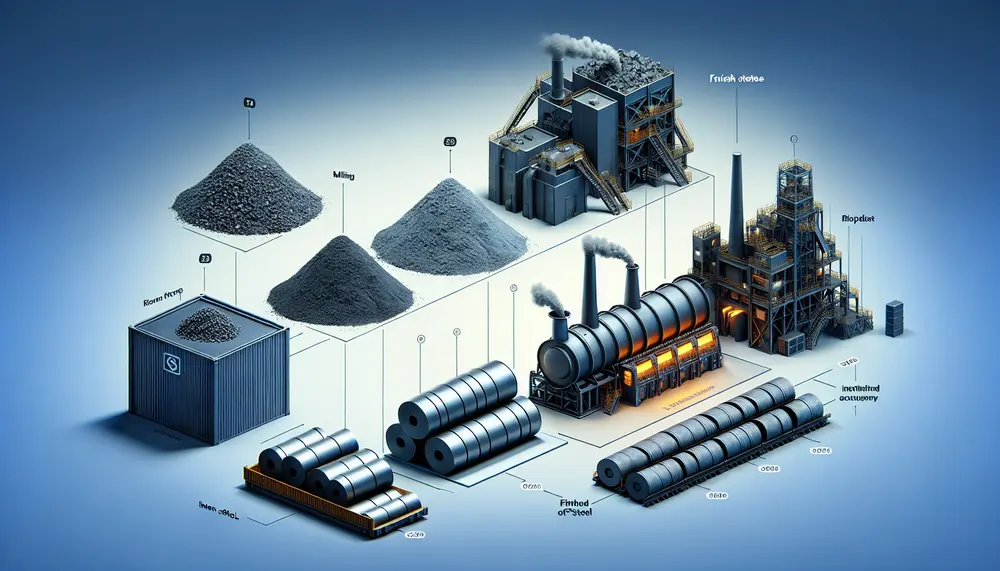
The steelmaking value chain is a complex process that transforms raw materials like iron ore, coking coal, and limestone into high-quality steel through strategic steps involving technological innovation to optimize efficiency and reduce environmental impact. Understanding this value chain helps...

Mexico's steel industry has grown significantly due to rich resources, strategic location, skilled workforce, and modern technology. Challenges include high energy costs, competition from lower-cost countries, price fluctuations, and environmental concerns....
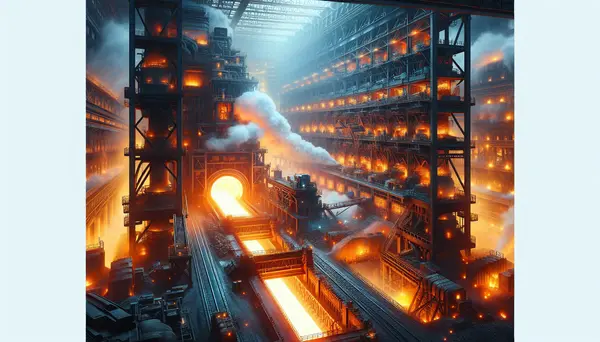
Steel, an alloy primarily composed of iron and carbon, is a crucial material in modern construction and manufacturing due to its strength, flexibility, and durability. The process of making steel involves extracting iron ore, purifying it through beneficiation processes, smelting...
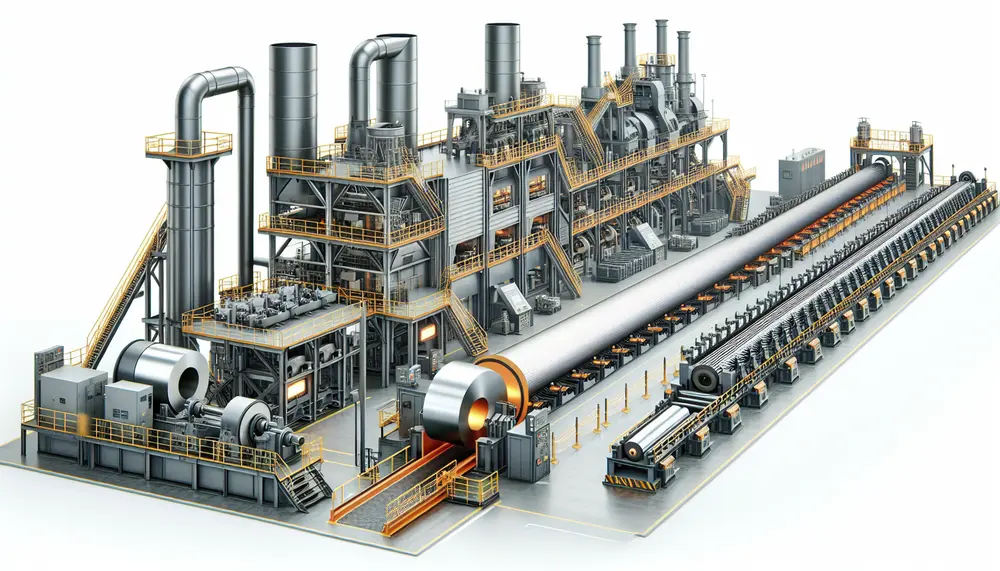
Steel manufacturing is a complex process that transforms iron ore into steel, involving precise heating and mixing to create different grades for various applications. The journey includes primary methods like Basic Oxygen Steelmaking (BOS) and Electric Arc Furnace (EAF), followed...
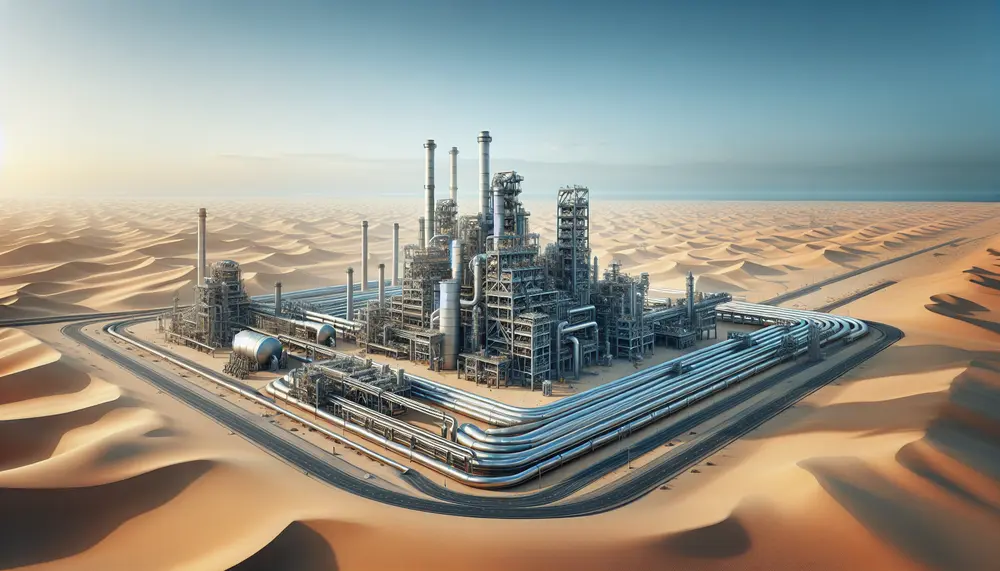
Kuwait's steel production is on the rise due to government initiatives, modernized facilities, and strategic location for trade. This growth supports economic diversification and attracts investment but also raises concerns about environmental impact and resource usage....
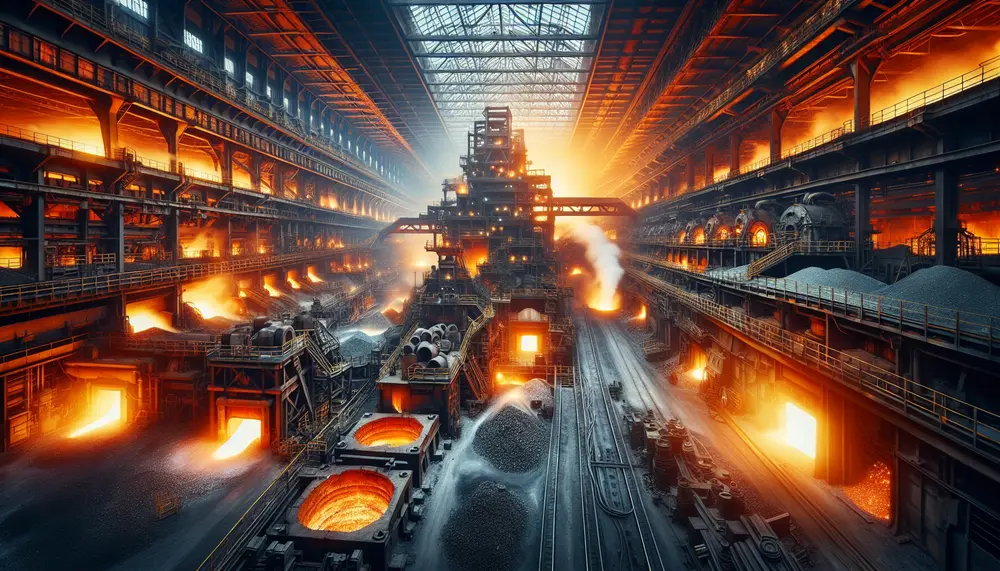
The Bessemer process, developed by Henry Bessemer in the 1850s, revolutionized steel production by efficiently removing impurities from molten pig iron using blown air and enabling mass production. This innovation significantly reduced costs and time for steel manufacturing, facilitating industrial...
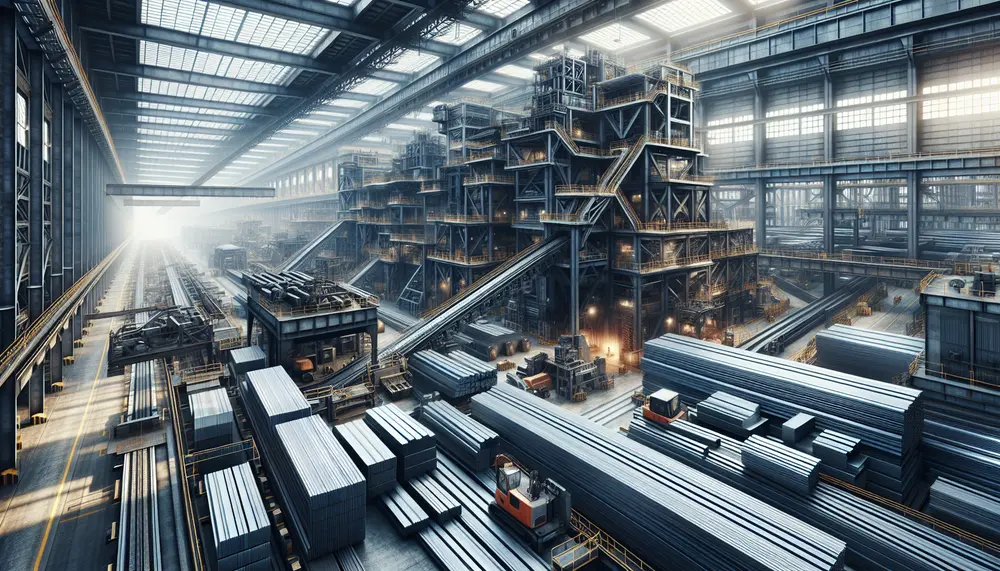
Key Performance Indicators (KPIs) are crucial for the steel industry, guiding operational improvements and aligning business objectives with market demands. They include metrics like energy consumption rates and CO2 emissions, which help companies increase profitability while adhering to sustainability goals....
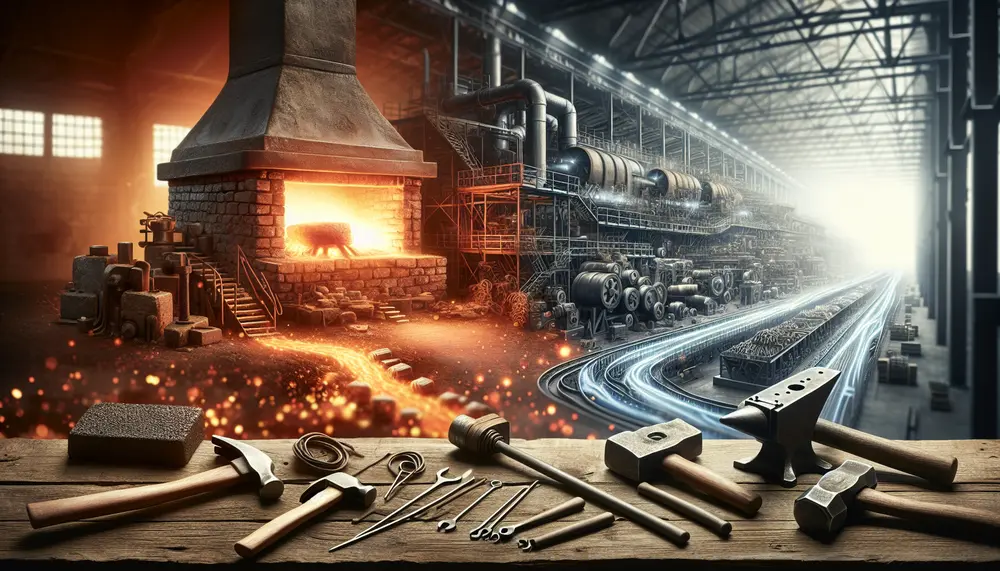
Steel's origins trace back to meteoric iron and evolved with human discovery of smelting around 2500 BCE, leading from the Bronze Age into the Iron Age. The Bessemer Process in the mid-19th century revolutionized steel production, enabling mass production and...
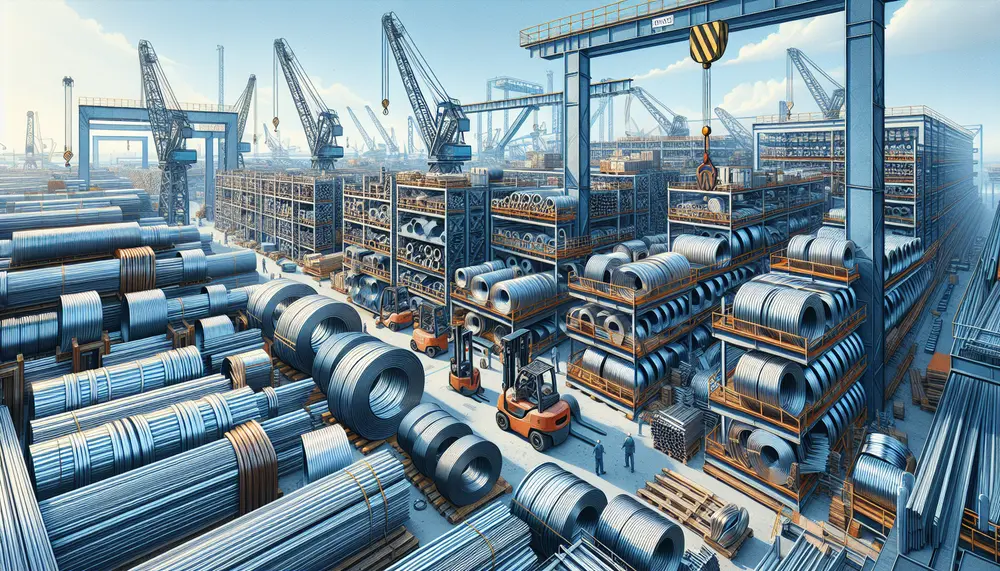
The global steel industry is a critical component of modern infrastructure and economic growth, with production levels indicative of a country's development stage. China dominates the market as the largest producer, while other key nations like Japan, Germany, and India...

The Argon Oxygen Decarburization (AOD) process is a secondary steel making method that refines the composition of steel by reducing carbon content, using oxygen and inert gases like argon for controlled reactions. This technology allows for high-quality alloy production with...

The electric arc furnace (EAF) revolutionizes steel making by melting recycled scrap with high-power electric arcs, offering a more environmentally friendly alternative to traditional blast furnaces. EAFs provide flexibility in production, reduce greenhouse gas emissions and energy consumption, and allow...
